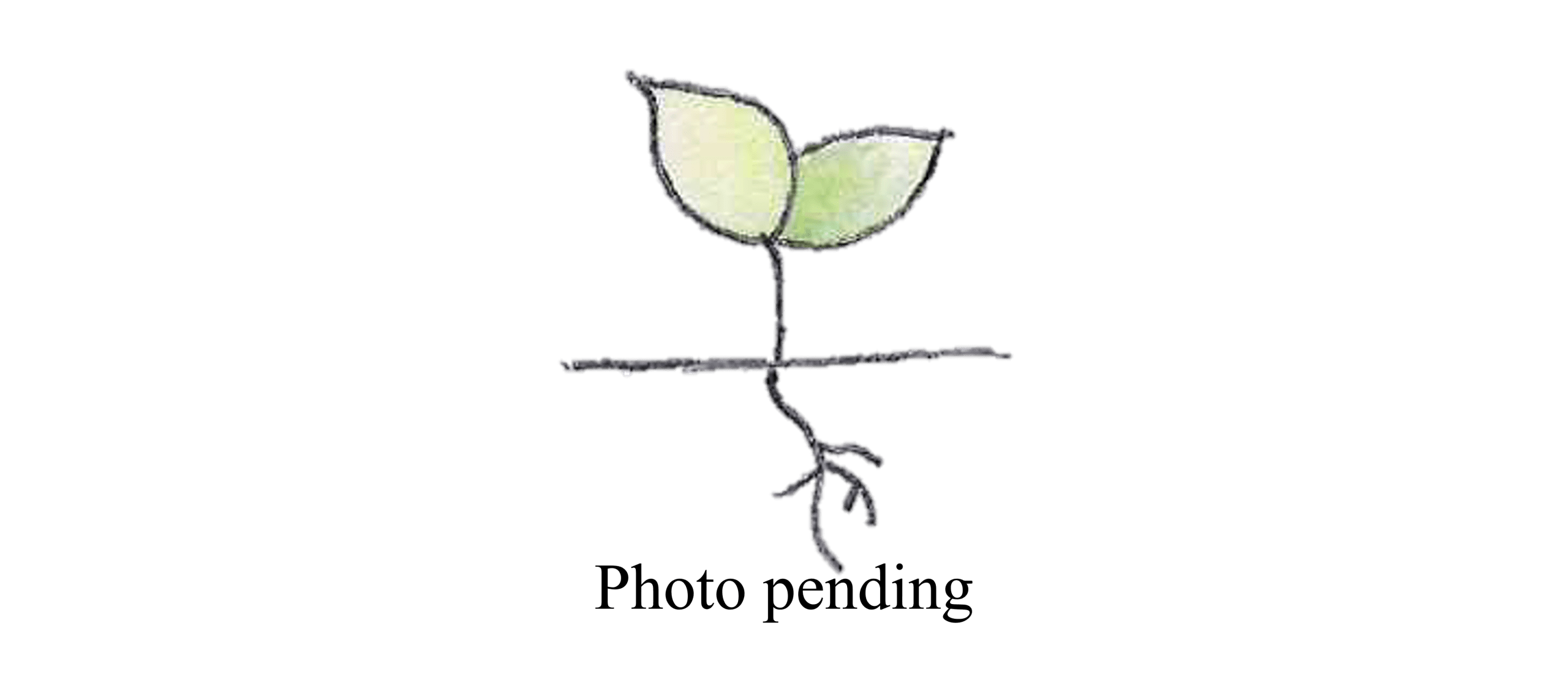Black speargrass
Heteropogon contortus, Fam. Poaceae

Perennial tussock grass usually no more than 1m tall.
| Weed Category: | |
| Weed: | No |
| Form or habit: | Grass or grass-like plant |
| Family: | Poaceae |
| Leaf: | Up to 30 x 0.8cm, green or glaucous, glabrous or with a few hairs. Ligule is a short, membranous rim. |
| Flower conspicuous: | Conspicuous |
| Flower colour: |
Brown |
| Flower description: | Simple racemes up to 6cm long with pairs of brown spikelets arranged in two rows. All sesaons. |
| Fruit conspicuous: | Conspicuous |
| Fruit colour: |
Black, Brown |
| Fruit: | |
| Fruit description: | Sessile and pendicellate. Sessile spikelets are 5-8mm long and have dark brown glumes with a tuft of hairs at the base, and a 5-12cm long, dark brown to black twisted awn. When mature, the awned spikelets become tangled together to form matted clumps in the grass canopy. |
| Habitat: | Open forest, woodland. |
| Distribution | Queensland, New South Wales, Northern Territory, Western Australia, New Guinea, Melanesia, Malesia, Asia, Pacific Islands, Africa, America. |
| Food source for: | Seed eaten by the golden headed cisticola. |
| Toxicity: | No toxicity known |
| Origin: | Australia, New Guinea, Melanesia, Malesia, Asia, Pacific Islands, Africa, America. |
| Notes: | The awn is hygroscopic and twists when wet. If the spikelet is sitting on the soil surface and it rains, the twisting awn helps to ‘screw’ the sharp, barbed point into the soil. Resprouts from rootstock after fire. The sharp, barbed point readily penetrates socks, fur, skin etc. Grow from seed. Seed often has an after-ripening period so may require storage for 12 to 15 months. Smoke treatment breaks dormancy. |
| Information sources: | Melzer R. & Plumb J. (2007) Plants of Capricornia. |



